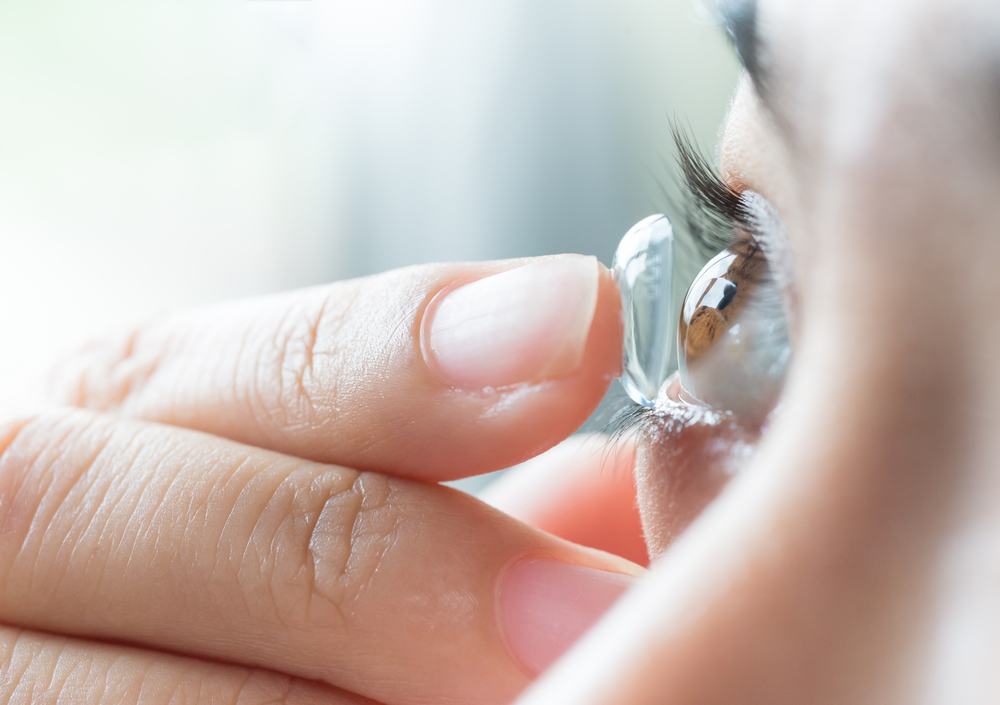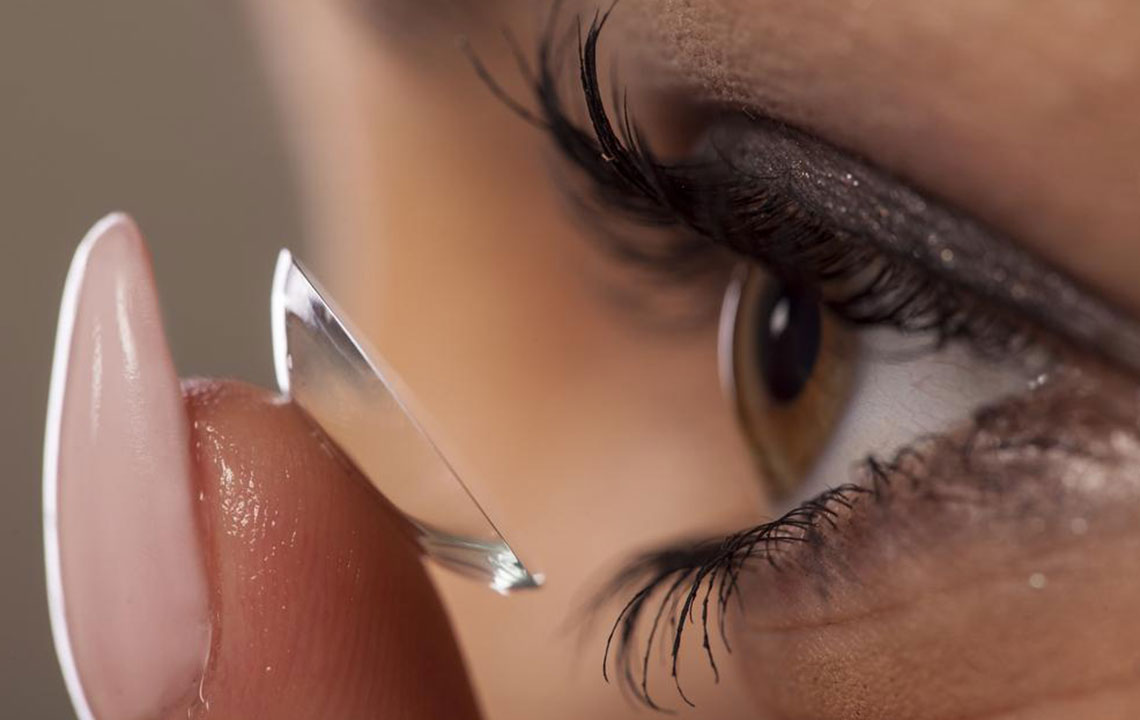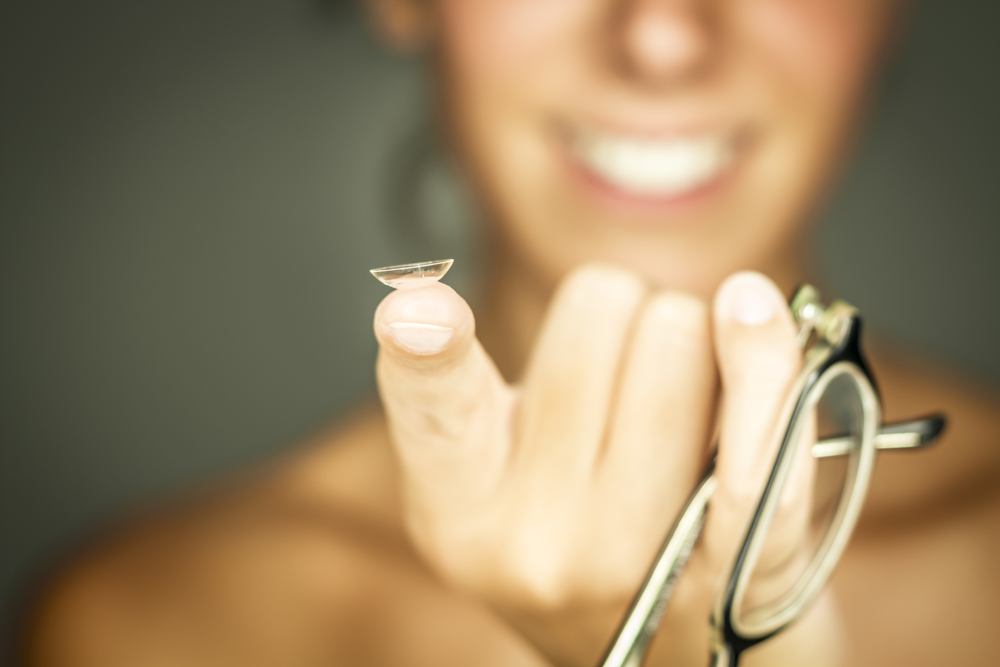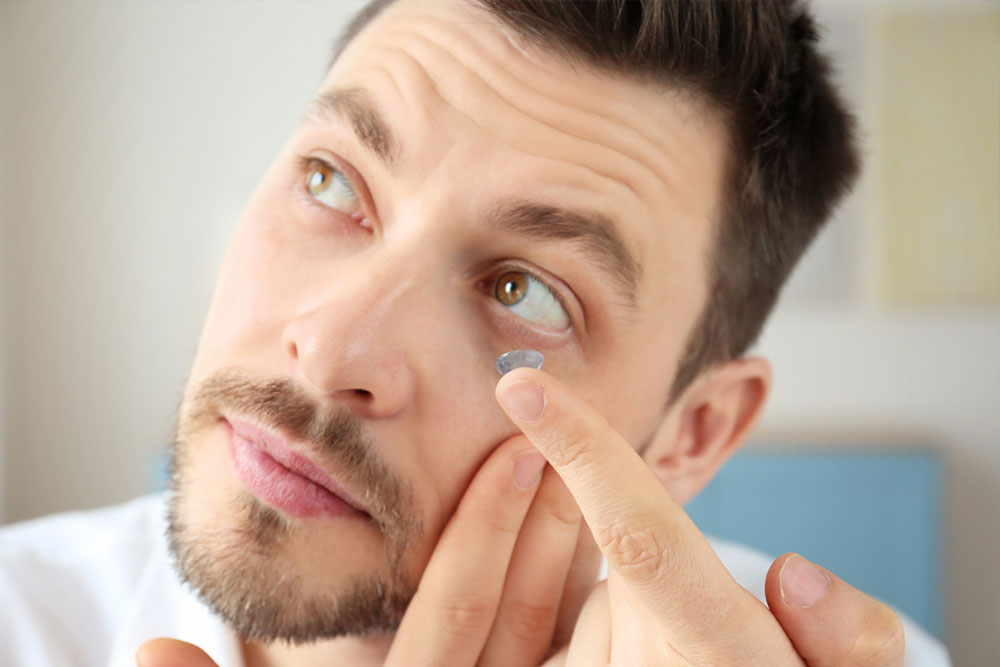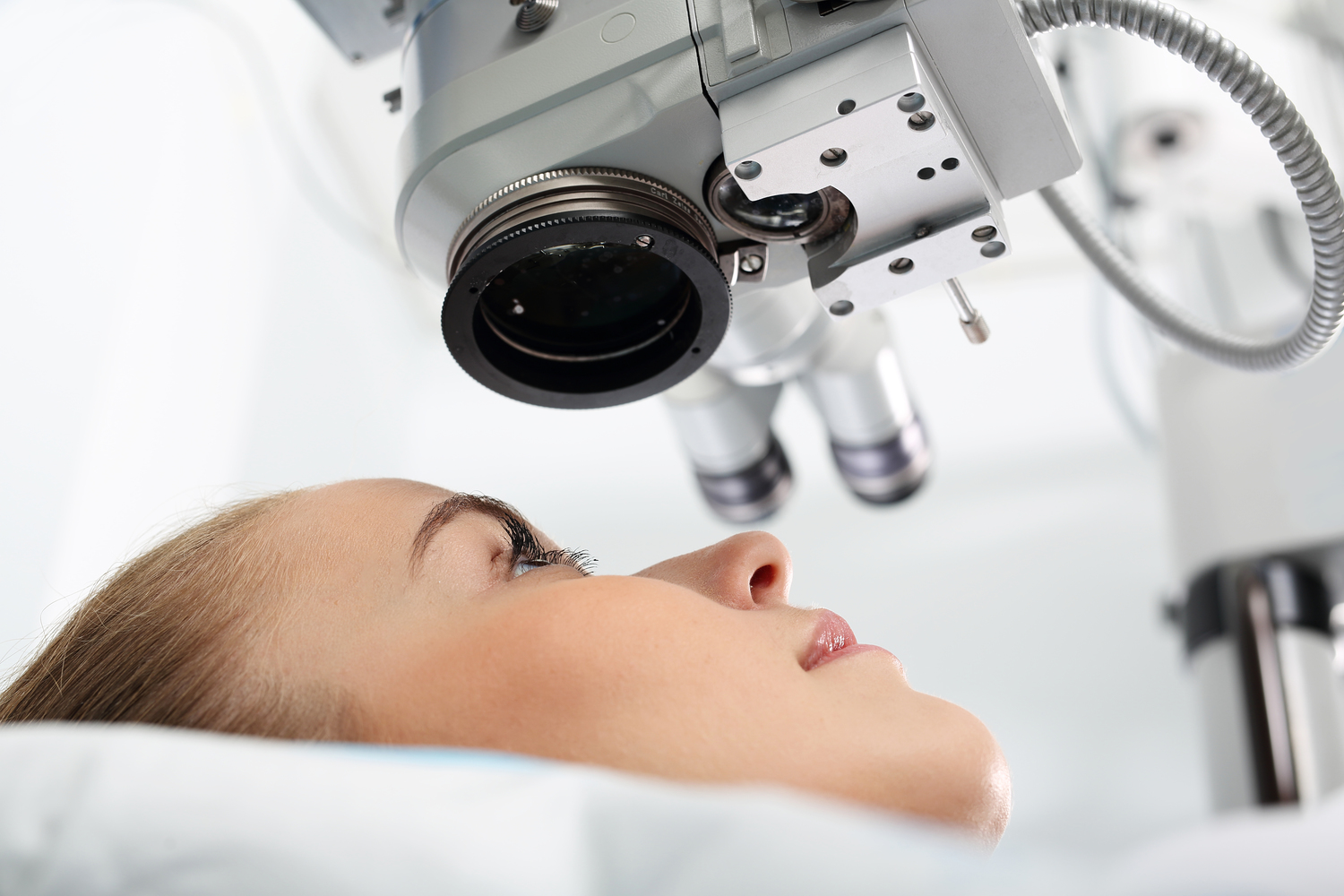Comprehensive Guide to Presbyopia: Causes, Symptoms, and Modern Treatments
Discover everything about presbyopia, including causes, symptoms, and the latest treatment methods like corrective lenses, surgical options, and futuristic innovations. Learn how to maintain eye health and choose the best solutions to improve near vision and enhance quality of life.
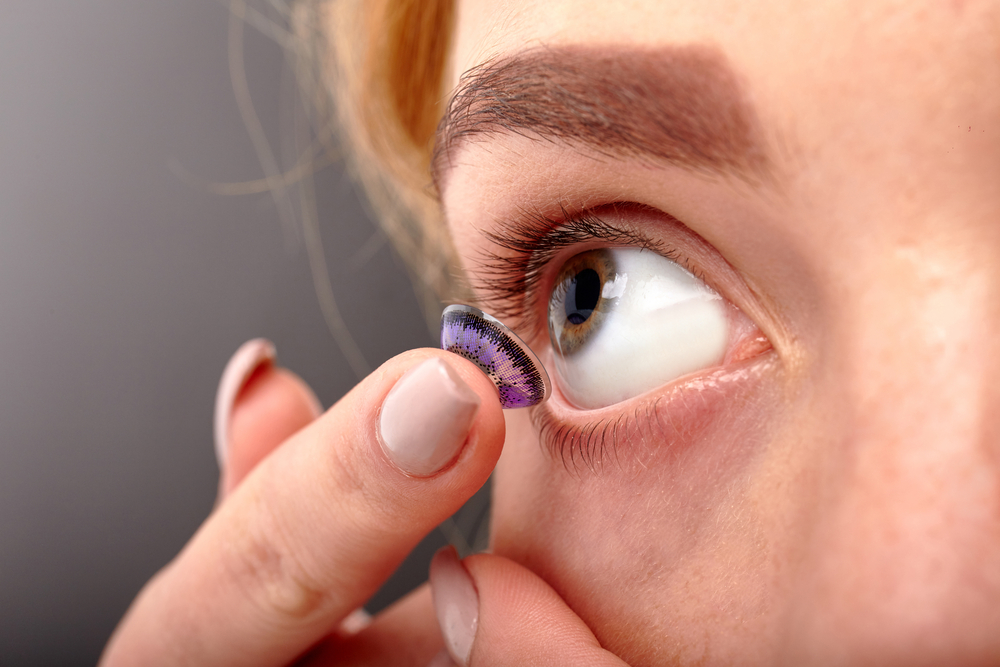
Comprehensive Guide to Presbyopia: Causes, Symptoms, and Modern Treatments
Presbyopia is a common age-related eye condition that affects millions of people worldwide, particularly those aged 40 and above. It is characterized by the gradual loss of the eye's ability to focus on nearby objects, a process that naturally occurs as the lens in the eye becomes less flexible over time. By the year 2020, an estimated 123 million individuals globally were affected by presbyopia, highlighting its widespread impact on vision health. If you or someone you know is experiencing difficulty reading small print or seeing objects up close, understanding the causes, symptoms, and available treatment options is essential for maintaining good eye health and quality of life.
Understanding the Causes of Presbyopia
The primary cause of presbyopia is the aging process. When we are young, the crystalline lens inside our eyes is flexible and elastic, allowing us to focus on objects at varying distances effortlessly. However, as we age, the lens gradually thickens and loses its elasticity. This diminishes the eye's ability to focus light directly onto the retina, resulting in blurred near vision. Several factors can accelerate or influence the onset of presbyopia, including:
Genetics: If there is a history of presbyopia in your family, you may experience symptoms earlier than average.
Environmental Factors: Excessive exposure to ultraviolet (UV) radiation can contribute to lens stiffening.
Health Conditions: Certain systemic conditions, such as diabetes or cardiovascular diseases, may accelerate presbyopia progression.
Lifestyle Choices: Smoking and poor nutrition can also impact eye health adversely.
Recognizing the Symptoms of Presbyopia
One of the main challenges with presbyopia is that its symptoms develop gradually, making early detection difficult. Common signs include:
Difficulty Reading: Struggling to read small print or seeing text clearly at close range.
Eye Strain and Fatigue: Experiencing discomfort and tiredness after focusing on near tasks for extended periods.
Headaches: Frequent headaches, especially around the forehead and temples, often linked to eye strain.
Need for Holding Reading Material Farther Away: Increasingly holding books or smartphones at arm’s length to see clearly.
Blurry Vision at Close Distances: Noticing that objects up close appear blurry or strained.
Diagnostic Methods and Eye Examinations
If you notice any of these symptoms, an eye care professional can conduct comprehensive eye exams to diagnose presbyopia accurately. These evaluations typically include:
Visual acuity tests to determine how clearly you see at various distances.
Refraction assessments to measure the focusing ability of your eyes.
Assessment of eye health to rule out other potential issues.
Early diagnosis can help in planning effective treatment strategies to improve your near vision and reduce discomfort.Modern Treatment Options for Presbyopia
Thankfully, presbyopia can be managed effectively with a range of treatments, enabling individuals to regain clear near vision and maintain their daily routines with ease. Some of the most common and innovative solutions include:
Corrective Eyewear
Reading Glasses: The simplest solution, reading glasses are affordable and can be used only when needed. They come in various prescriptions tailored to individual needs and are generally comfortable for all-day use.
Bifocals and Progressive Lenses: These lenses provide a seamless transition between near and distance vision, eliminating the need to switch between different pairs of glasses.
Contact Lenses: Soft contact lenses or multifocal contact lenses offer an alternative to eyeglasses. Brands such as Bausch & Lomb, Alcon’s Air Optix Aqua, and Dailies Total 1 are popular choices known for their quality and comfort.
Refractive Surgery and Innovative Procedures
Advancements in ophthalmology have led to surgical options that can correct presbyopia permanently. These include laser procedures such as monovision LASIK or Conductive Keratoplasty (CK), which modify corneal shape to improve near vision. While not suitable for everyone, these procedures can significantly reduce dependence on glasses or contact lenses.
Corneal Inlays and Lens Implants
Another promising treatment involves the implantation of corneal inlays or specialized intraocular lenses that enhance near vision. These devices are inserted into the eye during outpatient procedures and are tailored to individual needs, offering a more permanent solution for presbyopia sufferers.
Best Practices for Maintaining Eye Health with Presbyopia
Optimal eye health is essential, especially when managing presbyopia. Here are some tips:
Proper Lens Care: Whether using glasses or contact lenses, proper hygiene is critical. Always wash hands thoroughly before handling lenses, avoid saliva contact, and adhere to replacement schedules.
Regular Eye Exams: Routine check-ups help monitor eye health and adjust prescriptions accurately.
Protect Eyes from UV Damage: Wearing sunglasses with UV protection when outdoors can prevent further lens damage.
Healthy Lifestyle: Maintaining a balanced diet rich in vitamins A, C, and E, and avoiding smoking can help preserve your vision in the long term.
Looking Forward: Future of Presbyopia Treatments
Research continues to bring exciting developments in presbyopia management. Emerging technologies aim to develop more effective, less invasive, and longer-lasting solutions. Advances include smarter contact lenses with adjustable focus, gene therapy to delay presbyopia onset, and innovative surgical techniques that promise faster recovery times and better visual outcomes.
As technology progresses, individuals affected by presbyopia can look forward to personalized treatments that preserve natural vision and enhance quality of life. It is crucial to consult with an eye care professional to explore the most suitable options based on your specific needs and health profile.
